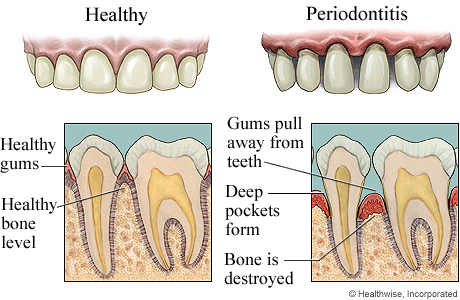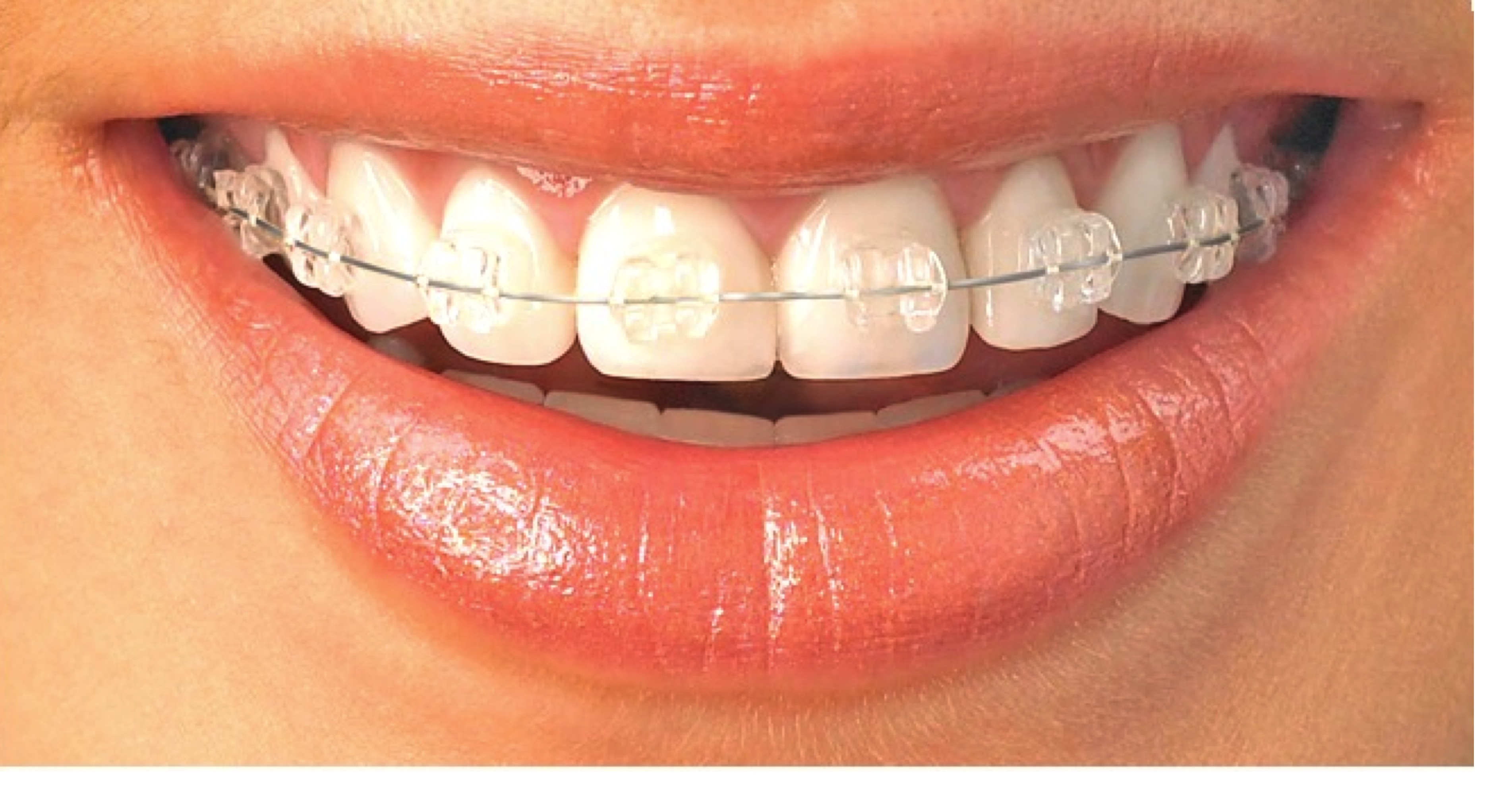


Cosmetic dental care : A hygienic cosmetic dental care by Expert cosmetic dental specialists for teeth whitening, teeth bonding, and dental veneers.
Beautiful smile is the prominent factor when it comes to the appearance of an individual. So the very important branch of dentistry, the cosmetic dentistry helps fulfill all the requirements by the following procedures depending upon the one's requirement.
Adhesive dental restoration technique. A tooth-colored composite resin to repair and/or change the color or shape of a tooth.
plastic or porcelain facing bonded directly to a tooth to improve its appearance
A chemical or laser like process to lighten the color of teeth.

Believe it or not, gum problems are the most common diseases affecting the human population.
Most of the people think that teeth are the only element of a beautiful smile. However, the fact is that the size, shape, integrity and health of gum tissue greatly influence the aesthetic appearance of even the most perfect teeth. Too much gum tissue can lead to teeth that look short and wide while too little gum tissue can lead to exposure of root surfaces of teeth that look way too long.
Periodontics is an area of expertise that deals with treatment of the gum and bone supporting the teeth.
In health, the gums firmly grip the neck of the tooth. If food is allowed to accumulate between the tooth and the gum margin, it forms plaque along with the microbes. The resultant irritation of the gum margins produces a condition called as GINGIVITIS characterized by redness, bleeding and swelling of the gums. If proper attention is paid at this stage the condition is perfectly reversible. However in untreated cases the condition further deteriorates leading to the destruction of the tooth-supporting tissues. The condition is then called PERIODONTITIS or PYORRHOEA. At this stage the teeth start shaking, they are unable to withstand chewing forces, pus forms in the gums and foul smell starts from the mouth.

Orthodontics is the branch of dentistry that specializes in the diagnosis, prevention and treatment of dental irregularities. Tooth movement is accomplished by light pressure exerted on the teeth. The pressure is applied by a variety of orthodontic appliances. These appliances have progressed by use of space aged research to apply gentile forces over the course of treatment. These are not "my fathers braces", braces now come in clear or metal. They no longer need "bands" to go completely around the teeth. Many of your friends have braces or have completed treatment, look at the difference it has made.

A bridge is made to replace one or more missing teeth. Bridges can be supported in any of three ways:
A traditional bridge is made by creating a crown for the teeth on either side of the space and placing a false tooth or teeth between the crowns. The crowns can be supported by natural teeth or by implants. The false tooth or teeth are attached to the crowns and fill the empty space.
If the teeth receiving the crowns are healthy and strong, they probably will not need root canal therapy. However, parts of the teeth will be removed so the crowns will fit. Traditional bridges are made either of porcelain fused to metal (PFM) or ceramics.
There are other types of bridges as well. A cantilever bridge is held in the mouth by one or more crowns on only one side of the space where a tooth is missing. A Maryland bonded bridge consists of a metal framework with "wings" on each side. The wings are bonded to the back of your existing teeth. The false teeth are also bonded to the framework. This type of bridge is also called a resin-bonded bridge.
Bonded bridges usually are not as expensive as traditional bridges because the adjacent teeth need less preparation. However, these bridges are only as strong as the bonding material. Resin-bonded bridges tend not to stay cemented in place as well as other kinds in parts of the mouth where there is a lot of biting force. They also may not be the best choice if the wings will have to be small to avoid getting in the way of the bite or the gums.
Getting a bridge requires at least two visits, but often more. At the first visit, your dentist prepares the teeth to be crowned and may also make impressions of them. The bridge is placed at later visits. Bridges last on average five to seven years. They often last longer.

Root canal is a dental procedure which helps in removing the entire internal parts, mainly pulp chamber of the tooth. Root canal treatment involves the filling of the prepared empty cavity with a suitable bio-compatible material. This procedure is done and advised only when the tooth can not compensate restoring material in a small cavity on the surface. The procedure involves the removal of the nervous elements of the tooth which have been infected or decayed already due to microbial action or any physical pressures.
Usually, all root canal treatments are performed in a single sitting of approximately 20 minutes (unless contraindicated) by our endodontist, to add more comfort and convenience to your overall treatment experience. Upto four to six root canal treatments can be performed in a single visit but there are a few factors which decide the amount of chair time and the number of seatings-

A cavity calls for your dentist to remove the decay and to fill in the tooth area that was removed in order to prevent further decay and strengthen the affected tooth. There have been lots of advances in modern dentistry that make this process much more comfortable and use materials that are safer and more esthetically pleasing.
A traditional bridge is made by creating a crown for the teeth on either side of the space and placing a false tooth or teeth between the crowns. The crowns can be supported by natural teeth or by implants. The false tooth or teeth are attached to the crowns and fill the empty space.
Earlier the trend was to have amalgam fillings (silver) or gold filling restorations. These fillings contain mercury which is poisonous to the body as well as the environment. Also the amalgam fillings are generally not as advantageous as composite fillings because they demand more of a tooth removal and are susceptible to corrosion.
Composite Fillings Composite resin dental fillings were created as an alternative to traditional metal dental fillings. Tooth fillings colored to look like a natural tooth are known as Composite Resin Dental Fillings and are made of a plastic dental resin combined with glass particles. These types of fillings are, durable and are way more natural looking than amalgam fillings. If you have a cavity in a tooth or broken fillings or if your teeth are full of silver fillings you may want to ask your dentist about changing to composite dental fillings. Silver fillings can easily be removed and replaced with far more attractive colored fillings. Research shows that composite fillings actually strengthen your tooth and further protect it from decay.
If you have a cavity in a tooth or broken fillings or if your teeth are full of silver fillings you may want to ask your dentist about changing to composite dental fillings. Silver fillings can easily be removed and replaced with far more attractive colored fillings. Research shows that composite fillings actually strengthen your tooth and further protect it from decay.